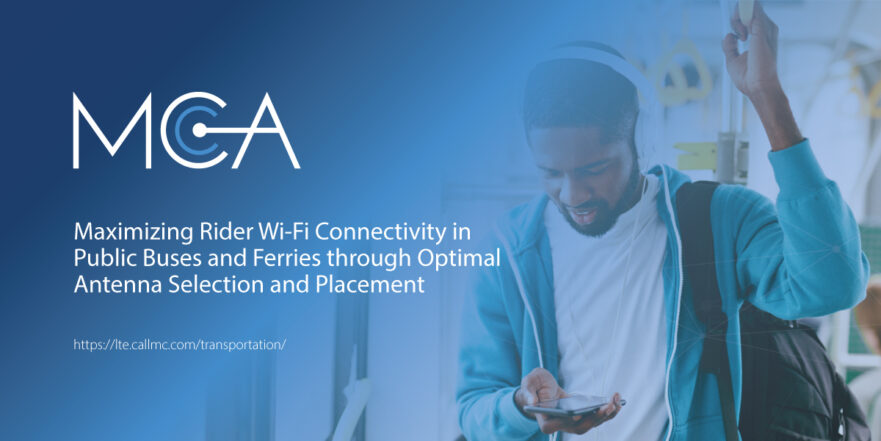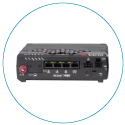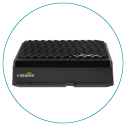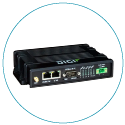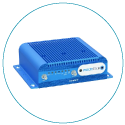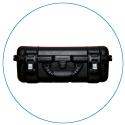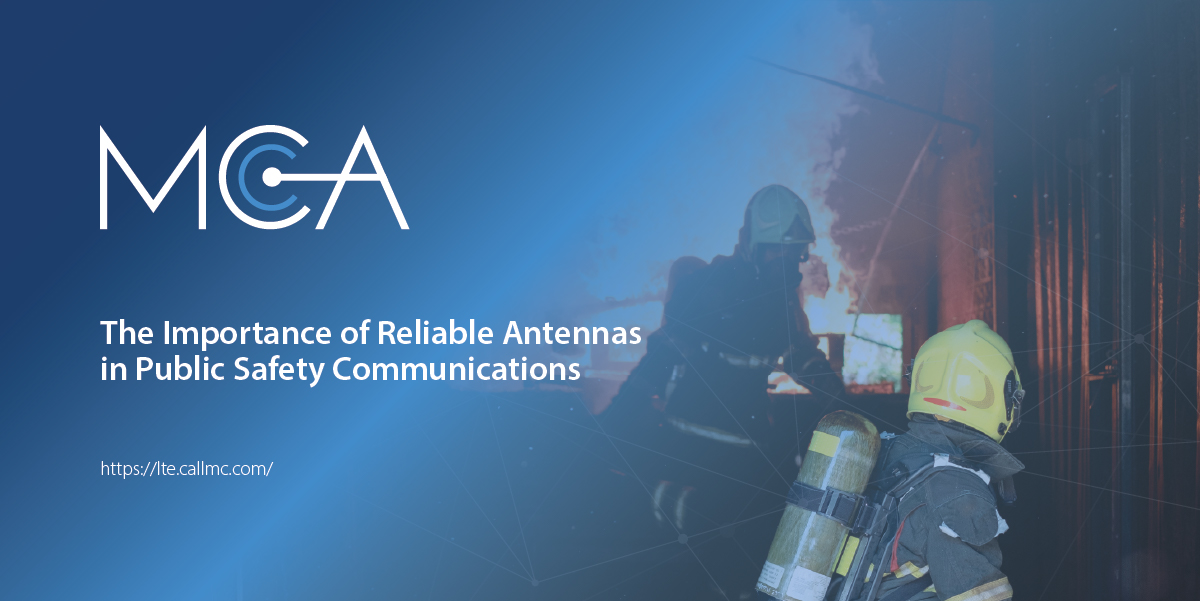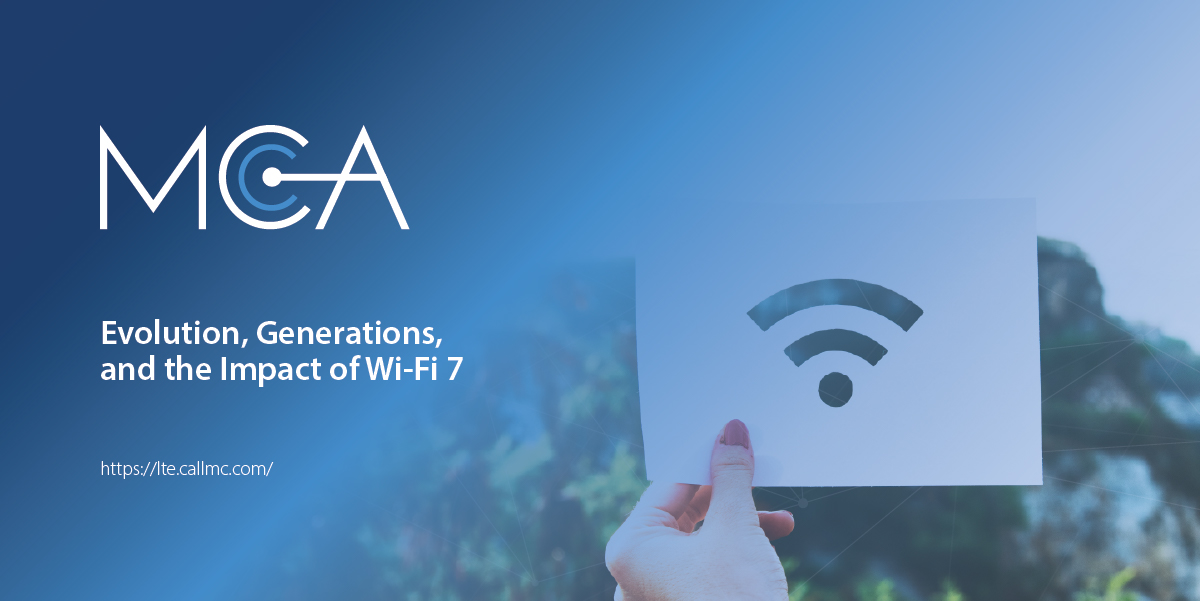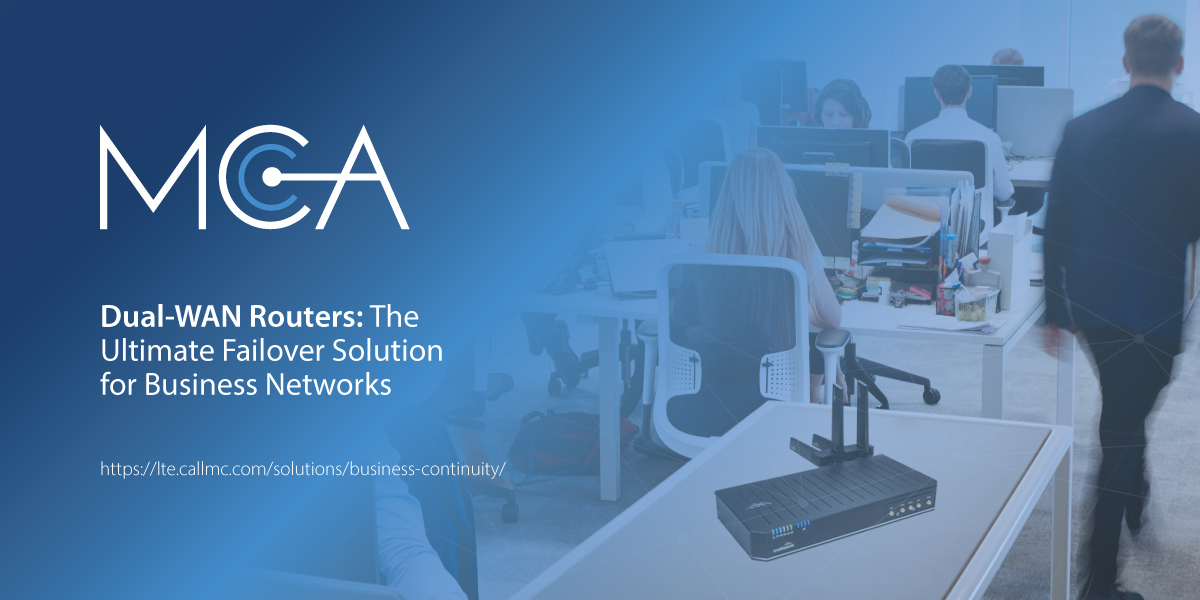Optimizing Antenna Installation for Public Buses and Ferries
MCA’s Expertise in Enhancing Public Transit ConnectivityConnectivity is no longer a luxury but a necessity - even in transit. Passengers expect reliable Wi-Fi signals to stay connected when commuting on a public bus or ferry. This means their chosen mode of transportation must maintain a reliable cellular signal for the duration of its journey so that the signal can be distributed to passengers for Wi-Fi usage.
However, ensuring seamless connectivity in mobile environments presents unique challenges. Unlike stationary installations, mobile antenna installations must account for movement, environmental factors, and the complexities of integrating technology into the vehicle's structure.
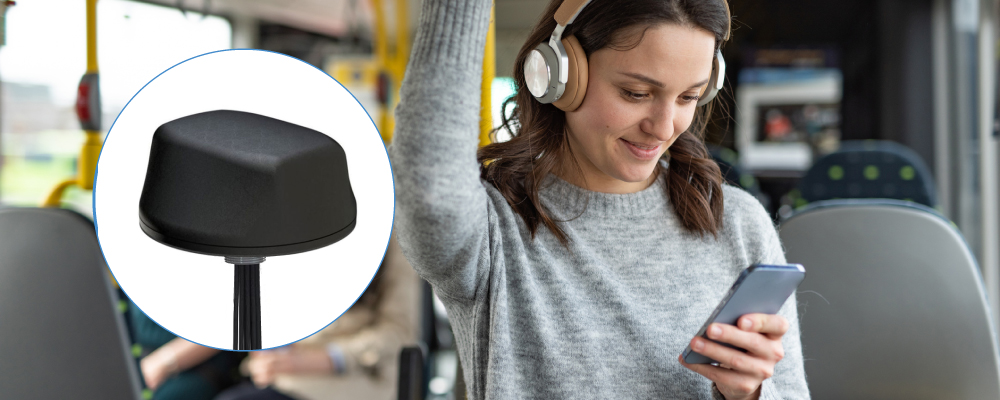
The Need for Reliable Connectivity in Public Transit
As public transit systems evolve, passenger expectations for uninterrupted connectivity grow. Public buses and ferries serve as lifelines for millions of people daily, and providing reliable internet access during transit has become a standard service. From passengers checking emails to transit operators needing real-time communication, robust connectivity is essential.
However, achieving consistent connectivity in these environments requires more than just installing standard antennas. The unique nature of mobile environments means that antenna placement, signal strength, and interference are all critical factors that must be meticulously addressed.
Challenges of Antenna Installation on Buses and Ferries
Movement and Directionality
Movement is one of the most significant challenges of antenna installation on mobile platforms like buses and ferries. Unlike RVs or recreational boats, which may have periods of stationary use, public buses, and ferries are almost constantly in motion. This movement can lead to fluctuating signal strengths as the vehicles or vessels change direction or move between areas with varying signal availability.
To mitigate this, antennas must be strategically placed to maintain consistent signal strength regardless of the vehicle's orientation. Omnidirectional antennas, which receive signals from all directions, are often the best choice for these environments. However, even with omnidirectional antennas, placement is key to avoiding signal degradation.
Environmental Factors
Ferries, in particular, face unique environmental challenges. The proximity to water can affect signal strength due to the water surface's reflection and absorption of radio waves. Additionally, the metal structure of buses and ferries can cause interference, leading to signal loss or poor reception.
Weather conditions also play a role, especially for ferries that operate in varying climates. Antennas must be weatherproofed and designed to withstand harsh conditions such as saltwater corrosion, extreme temperatures, and high winds.
Structural Integration
The physical structure of buses and ferries presents another challenge. Buses often have limited roof space, usually reserved for air conditioning units, ventilation systems, and other essential components. Ferries, on the other hand, have more space but require careful consideration of antenna placement to avoid interference with navigation and communication systems.
Running cables through these vehicles without compromising their structural integrity or weatherproofing is complex. The cables must be routed to minimize signal loss while protecting them from the elements and physical damage.
Signal Interference and Obstructions
Both buses and ferries face the issue of signal interference. In urban environments, buses may encounter dense clusters of buildings that can block or reflect signals, leading to weak or inconsistent connectivity. While often in open water, ferries can still experience interference from nearby ships, onboard equipment, or even passengers.
Obstacles like metal structures, air conditioning units, and other onboard systems can obstruct signals. Ensuring that antennas are placed with minimal obstruction is crucial to maintaining a strong and reliable signal.
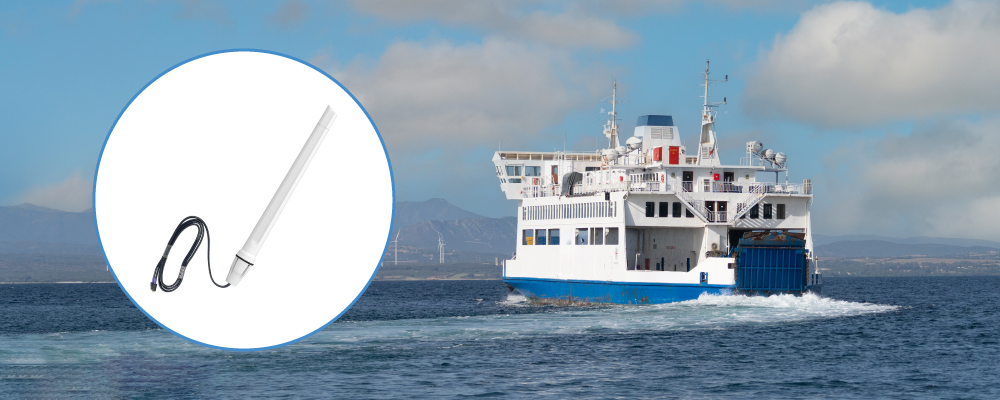
MCA's Expertise in Antenna Outfitting and Installation
With these challenges in mind, expert installation is crucial for ensuring reliable connectivity on public buses and ferries. This is where MCA's expertise comes into play. With years of experience outfitting and installing antennas in mobile environments, MCA offers tailored solutions that address the specific needs of public transit systems.
Customized Installation Plans
At MCA, we understand that no two vehicles are the same. We begin each project by thoroughly assessing the vehicle’s structure, intended routes, and connectivity requirements. Our team develops a customized installation plan that considers every detail, from antenna type and placement to cable routing and environmental protection.
Expert Antenna Placement
Given the movement and environmental challenges discussed earlier, MCA’s team carefully selects the optimal locations for antenna placement. This might mean integrating or consolidating antennas with existing rooftop equipment and/or strategically placing antennas within cabin interiors. For ferries, it involves placing antennas in areas that minimize interference while ensuring they are protected from the harsh marine environment.
Our expertise also extends to selecting the right type of antenna for each application, and each more specifically matching them with ideal cellular router pairings. In cases of moving vehicles, generally we recommend omni-directional antennas to maximize cellular reception. Buses tend to require compact multi-element housings, while ferry's require solutions purpose-built for marine applications (salt spray, high UV, etc).
Professional Cable Routing and Installation
Running cables through a bus or ferry requires more than drilling holes and pulling wires. MCA's installation team is skilled in routing cables in a way that preserves the vehicle’s integrity, avoids signal loss, and ensures longevity. We use high-quality, weatherproof materials and techniques to safeguard the cables from environmental and physical damage.
Our installations are also designed to be discreet and unobtrusive, ensuring that passengers and operators can enjoy the benefits of enhanced connectivity without any visible impact on the vehicle's appearance. For further information about overall technology management solutions for public transit, check out our recent post regarding tech cabinets here.
Ongoing Support and Maintenance
MCA doesn’t just install antennas and walk away. We provide ongoing support and maintenance to ensure that the systems continue to perform at their best. Whether it’s routine inspections, troubleshooting, or upgrades, our team is always available to keep the connectivity systems running smoothly.
As public transit systems strive to meet the growing demand for reliable connectivity, the importance of expert antenna installation cannot be overstated. Public buses and ferries present unique challenges that require specialized solutions. MCA’s extensive experience outfitting and installing antennas in mobile environments makes us the ideal partner for transit operators looking to enhance their connectivity offerings.
With a focus on customized solutions, expert installation, and ongoing support, MCA ensures that passengers on public buses and ferries can stay connected, regardless of their journey. By choosing MCA, you’re not just installing antennas – you’re investing in a reliable, high-performance connectivity solution that meets the demands of today’s connected world.
About MCA and Our CNS Team
MCA is one of the largest and most trusted integrators in the United States, offering world-class voice, data, and security solutions that enhance the quality, safety, and productivity of customers, operations, and lives. More than 65,000 customers trust MCA to provide carefully researched solutions for a safe, secure, and more efficient workplace.
Our Cellular Networking Solutions (CNS) team (formerly known as USAT) is made up of certified experts in designing and deploying fixed and mobile wireless data connectivity solutions for public and private enterprises nationwide - complete with implementation, training, proof of concept (POC), system auditing, and on-site RF surveying services with optional engineering maintenance contracts.
Our extensive catalog of world-class routers, antennas, and software designed for remote monitoring and management in even the harshest environments allows us to deliver a full suite of reliable technologies capped with a service-first approach.
Share this Post
